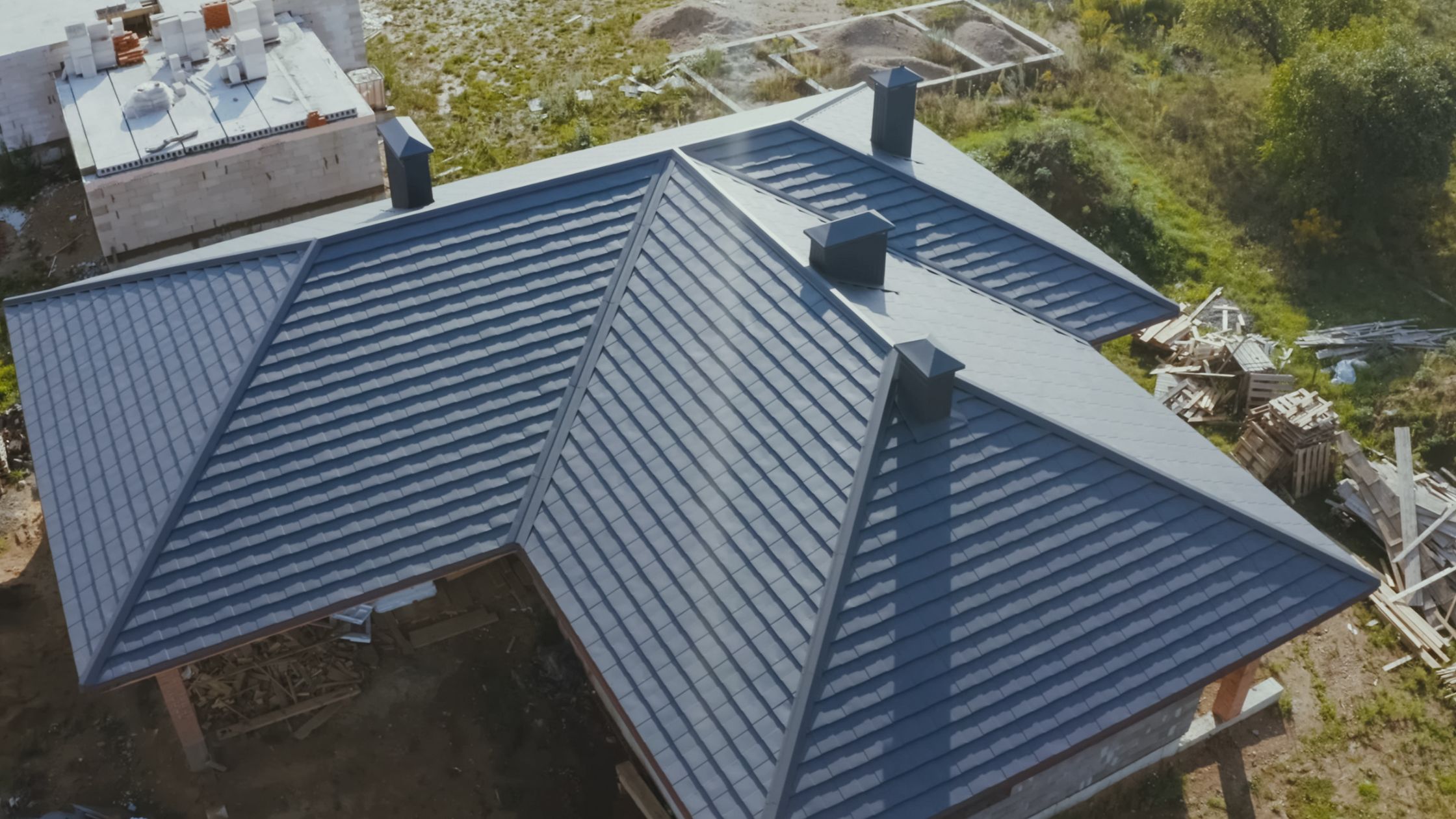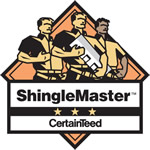7 Most Durable Roofing Materials for your Home

The significance of choosing the right type of roofing should be obvious since it plays an essential role in safeguarding residents and structures against nature’s wrathful outbursts; hence why investing wisely by picking sturdy materials is vital! Ensuring durability as well as other factors necessitates careful consideration when making such significant decisions relating to properties’ security measures! In this post’s inflection on productive housekeeping measures via unbiased conviction – let’s explore seven honest recommendations born out of data concerning ruggedness-affordability tradeoffs regarding long-term financially savvy investments for keeping your coverage optimized!
1. Metal Roofing
One of the significant benefits of installing metal roofing on your building is its outstanding toughness, extended lifespan and unmatched resilience under different weather conditions. The market offers various materials choices such as steel, aluminum, copper and zinc serving different purposes due to their unique characteristics on aesthetics preferences and environment suitability.
Steel takes the lead as the most common metal used in roofing applications given its affordability compared against other options coupled with unparalleled endurance provided by coating it with zinc preventing rust effectively extending the average service period up towards six decades plus altogether.
Aluminum provides lightweight ease coupled with highly corrosion-resistant traits forging itself as an ideal candidate more so in coastal regions dealing continuously with saltwater adverse effects adding emphasis on robustness to the overall package. Aluminum roofing stands the test of time serving you remarkably for around half a century.
Copper signifies the ideal premium material whose splendid beauty and heavy-duty capacity are its main selling points exhibiting natural patina as it ages, creating a beautiful protective layer that enhances durability over 100 years, making copper roofing one of the most prestigious and long-lasting options out there.
Zinc comes in as another upscale alternative with its unique self-healing attributes that reduce worries in unwanted frequent maintenance issues. The zinc metallic structure underscores interlocking surface flexibility that can slow down corrosion evident in a phenomenally extended lifespan nearing 100 years or even longer.
2. Slate Roofing
The quest for an alluring and long-lasting residential roof has led some property owners towards natural stones such as slate. Renowned for its unmatched durability over time, this material has been known to last in excess of 100 years when carefully maintained. Nevertheless, regular inspections are fundamental so that needed repairs are carried out in time; the structure of the property must also be evaluated well ahead of installing slate roofs. Professional roofing contractors’ input is key at this stage since they can provide advice concerning potential structural modifications required because this material surpasses others like asphalt or clay in weight comparison greatly. Slate roofing carries higher expenses initially; nonetheless, it provides a high value return on investment over time, making it an excellent choice to deem.
3. Clay Tile Roofing
Clay tiles find favor as one of the more popular picks among those seeking robust rooves for their warm-weather dwellings that remain eco-friendly whilst deterring fire and insects. These choices hold up well enduring over half-a-century in life span (with excellent alternatives offering an entire century!), creating quite an inviting prospect indeed… However pragmaticistic forces us to observe extra roof support may become mandatory if contemplating this heavier choice whereas considering comparable counterparts highlights them coming off as a bit costlier.
4. Concrete Tile Roofing
In terms of cost-efficient alternatives to clay roofs with longevity as a top selling point, concrete tile emerges as a promising contender. Comprised of cement mixtures blended with sand and water to create solid configurations in multiple sizes for various applications on rooftops across structures domestically or commercially. Such strength brings protection against flames or pests lasting for several tenures going well beyond half-century milestones before expiring or suffering decay issues while resting on structural supports accustomed to bearing heavier loads such as this material’s heft.
5. Wood Shingles and Shakes
If you appreciate natural beauty with practical functionality, then wood shingles and shakes might be just the roofing material for you. These exquisite tiles utilize cedar, redwood, or pine as main ingredients which possess innate tolerance towards insects and natural decomposition process. A well-maintained wooden roof can last up to half a century but it is crucial to recognize that they’re comparatively less fire-resistant than other available materials which may need additional protective additives.
6. Asphalt Shingles
For many individuals living in North America who are considering their roofing options asphalt shingles emerge as an attractive choice due to their affordability and ease of installation. Essentially comprised of a fiberglass or organic base that is coated with layers of asphalt before finally being topped off with granules to shield them from harsh UV rays these shingles can often endure for anywhere between 20 30 years provided they were made using high quality components and located within reasonable climates. Its crucial to note though that while widely used throughout the region today by homeowners seeking solid value options – particularly when compared with pricier alternatives – due consideration must still be given over how frequently replacements might be required given asphalts comparatively lesser durability when compared with some of the more premier materials.
7. Synthetic Roofing Materials
An alternative path followed by many homeowners when evaluating their roofing options involves modern manufactured materials engineered to replica the look of genuine raw material like slate tiles or wooden shingles. Known as synthetic substitutes, these solutions come from a combination of elements including rubberized compounds mixed with plastics and polymeric goods. Artificial rooftop additions deliver appealing features that include low weight design along with strong resistance to typical hazards like fires and insect infestations; increasing their durability up to fifty years depending on craftsmanship quality measured over time even though it might result in an expensive alternative.
Conclusion
In order to select an appropriate roofing material for your house or property – one that offers optimal durability -, you must consider multiple facets like climate patterns in your area, the desired appearance (aesthetic appeal), budget constraints, amongst others. In this case of longevity and resilience being obligatory criteria- options like metal roofing sheets or tiles made from slate or clay might be worth considering further because they can last over 50 years once installed well. Even so there exist other long-lasting materials including those of concrete tiles & wooden shingles which also affordably offer durability with reasonable prices given the variation in lifespan& available pricing options. Although asphalt shingles have reasonable costs; still comparatively they degrade faster in tough weather conditions& can result in more periodic maintenance requirements.
Overall there isn’t really only one ‘best’ suitable choice regarding ‘the single most ideal’ roof-type rather selection depends primarily on consideration of one’s own particular needs & suitability factors.

In Awe Roofing Limited is an Award-Winning, family owned and operated Vancouver Roofing Contractor with over 17 years of roofing experience. We serve the entire Lower Mainland area, from Whistler to Chilliwack, employing a team of professional staff members. Our team has won numerous awards including Best of Homestars for the last five years, and Three Best Rated six years in a row. Learn more






















